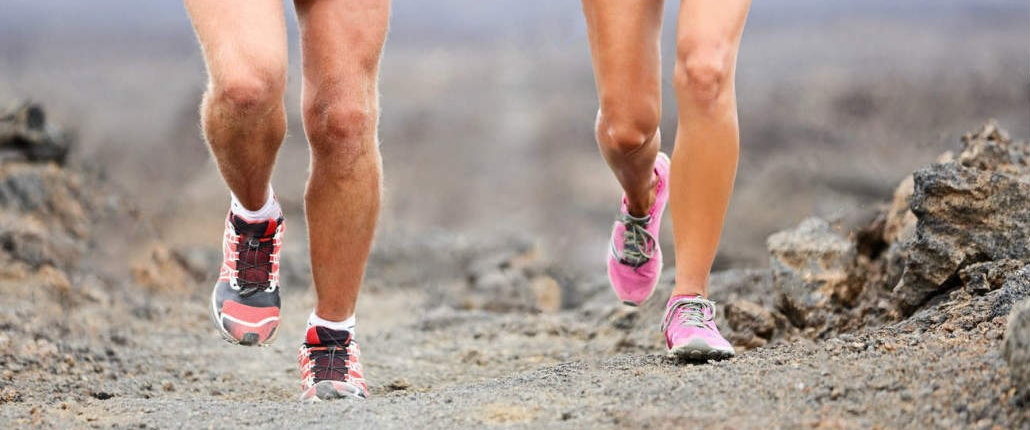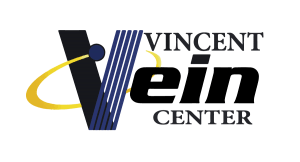
Causes of Varicose Veins
Varicose veins occur for many reasons and can affect both men and women of all ages. They are big veins that bulge out and sometimes cause a lot of pain. The most commonly affected areas are usually around the legs. Varicose veins usually run in the family, and age also increases the risk of developing them.
Varicose Vein Treatments
There are several varicose vein treatments and preventative care options out there. Each treatment is designed to help with different types of varicose veins, and differing levels of severity. Treatment options are also available to help spider veins.
Maintaining self-care practices such as exercising and maintaining a healthy weight for your height are some simple solutions that can make a huge impact on helping with your varicose veins. Elevating your legs after a long day of standing up or sitting down helps circulate blood.
Compression stockings are a simple treatment that helps the circulate blood, which forces it to flow back up to the heart.
Severe Varicose Vein Treaments
Sclerotherapy: can take three to six weeks, but when done correctly it is very effective. It uses a liquid chemical, which scars and closes the vein. In just a few short weeks after starting this therapy, the vein should fade.
Laser surgery: closes off smaller varicose veins and spider veins as well. No incisions or needles are used during laser surgery. Laser surgery sends strong bursts of light onto the vein, which then causes the vein to slowly fade out and disappear.
Microsclerotherapy: this procedure is usually used to treat smaller veins and spider veins. This is helpful to prevent future spider veins and varicose veins that can develop. A small amount of liquid chemical is injected through a small needle.
Endovenous ablation therapy: is used to close off small veins by using radio waves to create heat.
Endoscopic vein surgery: your doctor makes small cuts around the affected area. A small camera is attached to the tool and is moved through the vein. This closes the vein.
Ambulatory phlebectomy: your doctor removes a small part of the varicose vein. This helps remove the varicose veins closest to the surface. This is usually an outpatient procedure and you will remain awake throughout. This procedure is typically used for smaller varicose veins and spider veins.
Vein stripping ligation: the most severe procedure, and is usually the last resource. It involves cutting the vein, tying it up, and removing it through small cuts made in your skin. This procedure usually requires one to four weeks of recovery.
Why Treat Varicose Veins
Varicose vein treatments are essential to some, while others simply do it for cosmetic reasons. Treating varicose veins can be fairly simple, and most treatments are outpatient treatments. It can help you improve your lifestyle, and allow you to do things without pain. Have any questions about varicose vein treatments? Contact us today!
